 Last February, Weight Watchers drew criticism when it announced a free weight-loss program for teens ages 13 to 17. Skeptics feared the program would encourage obsessive eating habits in adolescents, but Weight Watchers -- since rebranded WW -- isn't...
Last February, Weight Watchers drew criticism when it announced a free weight-loss program for teens ages 13 to 17. Skeptics feared the program would encourage obsessive eating habits in adolescents, but Weight Watchers -- since rebranded WW -- isn't...
WW, formerly Weight Watchers, launches a weight loss app for kids
 Last February, Weight Watchers drew criticism when it announced a free weight-loss program for teens ages 13 to 17. Skeptics feared the program would encourage obsessive eating habits in adolescents, but Weight Watchers -- since rebranded WW -- isn't...
Last February, Weight Watchers drew criticism when it announced a free weight-loss program for teens ages 13 to 17. Skeptics feared the program would encourage obsessive eating habits in adolescents, but Weight Watchers -- since rebranded WW -- isn't...
 Researchers at Stanford University have created glasses that track your eyes and automatically focus on whatever you're looking at. The so-called autofocals, detailed in a paper published in the journal Science Advances, could prove a better solution...
Researchers at Stanford University have created glasses that track your eyes and automatically focus on whatever you're looking at. The so-called autofocals, detailed in a paper published in the journal Science Advances, could prove a better solution...
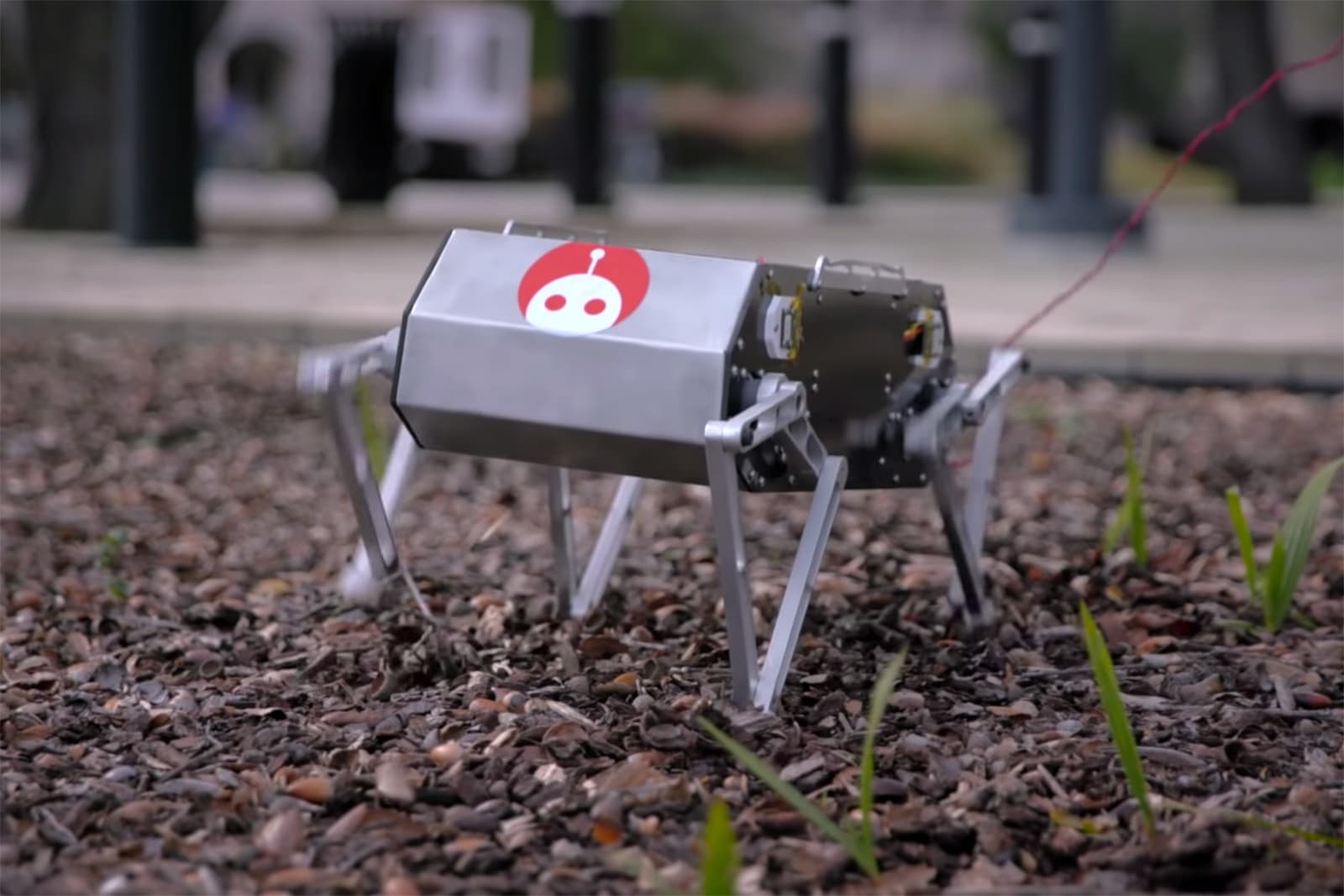 Robots with dog-like talents are nothing new, but it's not exactly practical to buy one that can do more than the basics. The new Aibo is cute, for instance, but not very athletic. A group of Stanford students might have a better solution. They've...
Robots with dog-like talents are nothing new, but it's not exactly practical to buy one that can do more than the basics. The new Aibo is cute, for instance, but not very athletic. A group of Stanford students might have a better solution. They've...
 If you played Pokémon video games extensively as a kid, there's a good chance that a specific region of your brain gets fired up when you see the characters now. In a recent study, researchers from Stanford University showed test subjects hund...
If you played Pokémon video games extensively as a kid, there's a good chance that a specific region of your brain gets fired up when you see the characters now. In a recent study, researchers from Stanford University showed test subjects hund...
 One of the major drawbacks to renewable energy sources like wind and solar is that we don't have an effective way to store excess energy. When the wind blows, we might have more than enough energy to feed the grid, but we can't store the surplus. The...
One of the major drawbacks to renewable energy sources like wind and solar is that we don't have an effective way to store excess energy. When the wind blows, we might have more than enough energy to feed the grid, but we can't store the surplus. The...
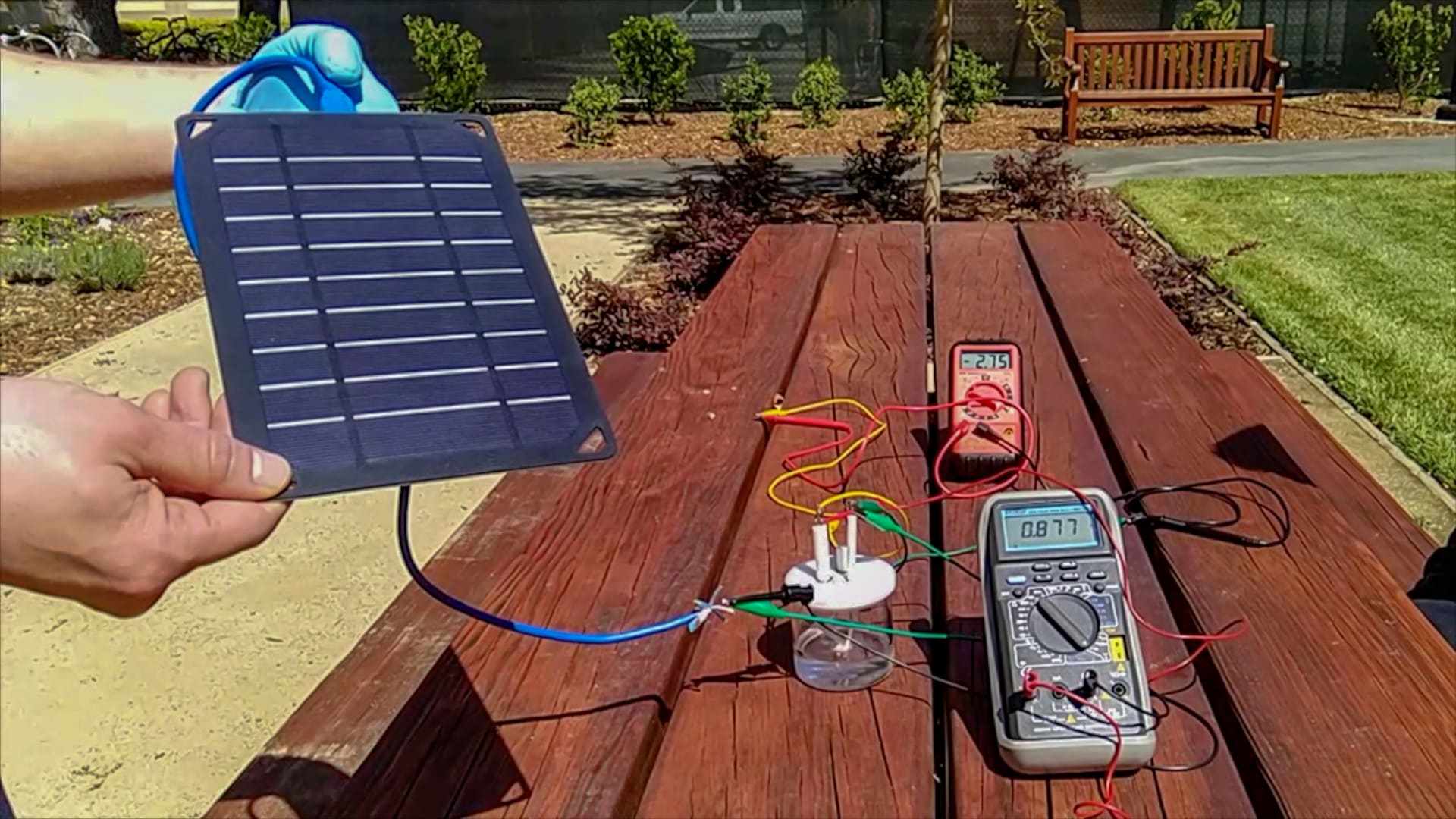 A team of scientists at Stanford have figured out a way to make hydrogen fuel out of saltwater. The discovery could open up the world's oceans as a potential source of energy. Researchers view electrolysis, or the act of splitting water into hydrogen...
A team of scientists at Stanford have figured out a way to make hydrogen fuel out of saltwater. The discovery could open up the world's oceans as a potential source of energy. Researchers view electrolysis, or the act of splitting water into hydrogen...
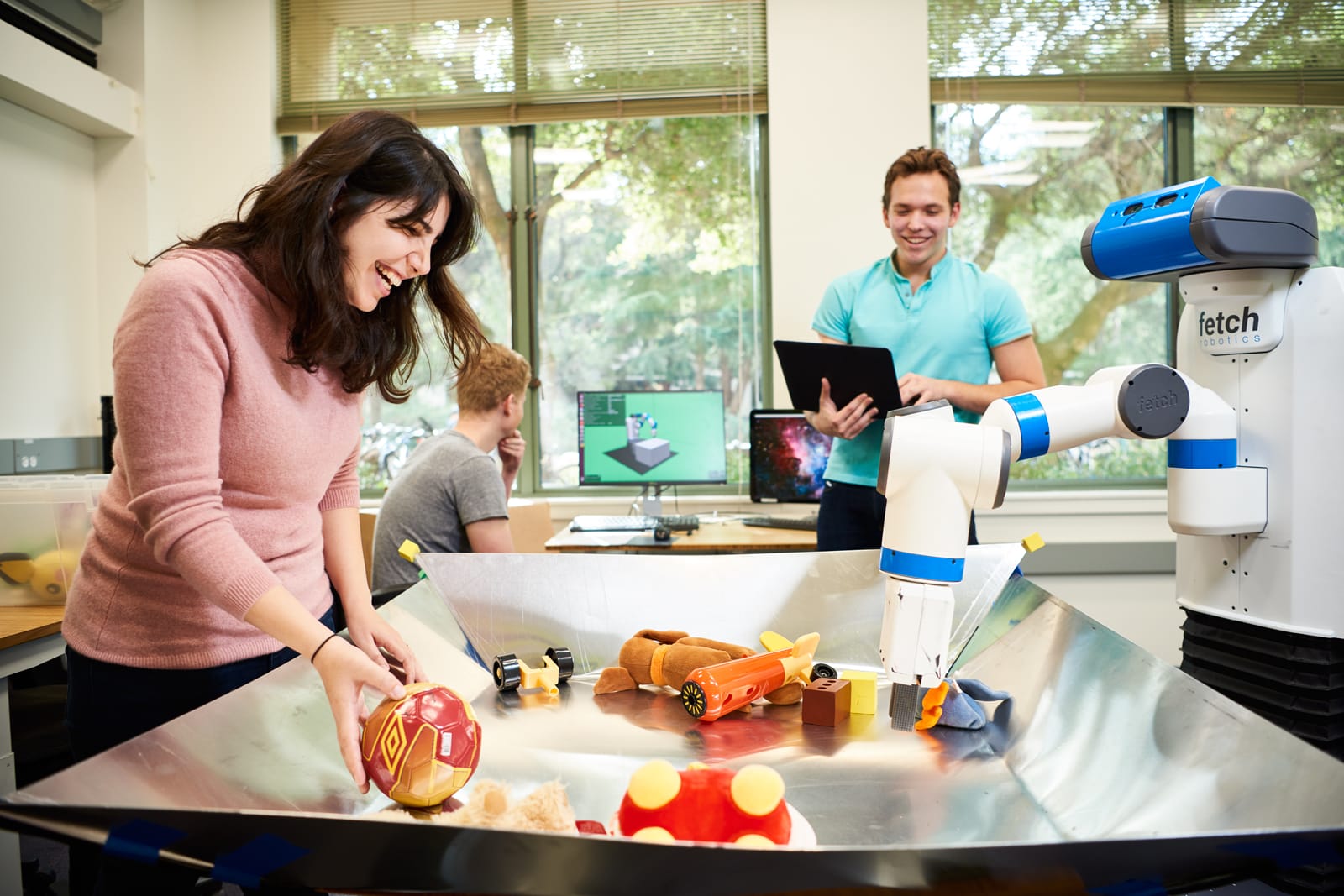 Stanford is joining the rush to create AI research hubs, albeit with a slight twist. The university is opening the Institute for Human-Centered Artificial Intelligence (HAI for short) with the goal of drawing input from across the university and acr...
Stanford is joining the rush to create AI research hubs, albeit with a slight twist. The university is opening the Institute for Human-Centered Artificial Intelligence (HAI for short) with the goal of drawing input from across the university and acr...
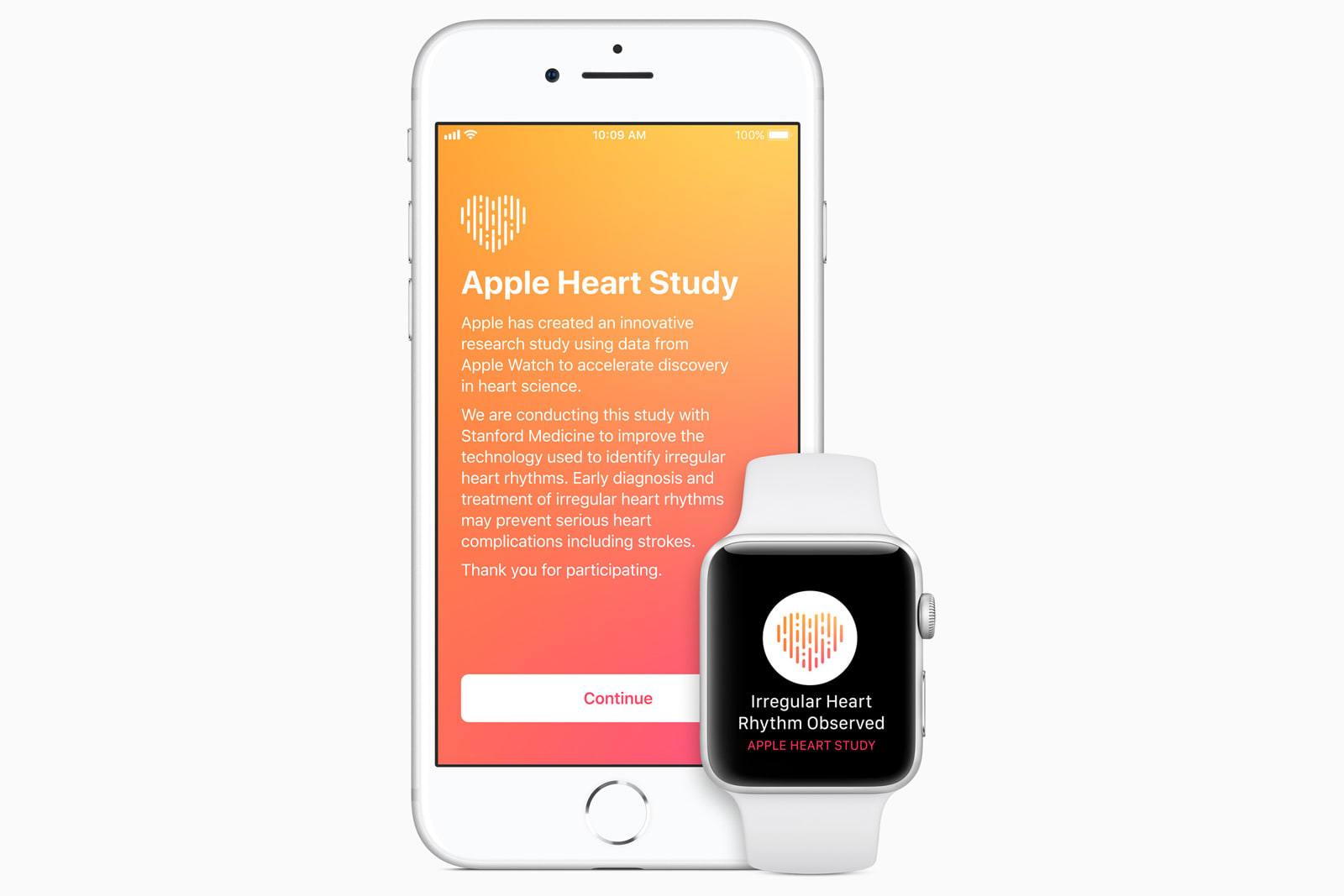 Stanford has released the results of its Apple Watch-based heart study more than a year after it began, and it appears to have been a success, with a few caveats. Only 0.5 percent of the more than 400,000 volunteers received warnings of irregular he...
Stanford has released the results of its Apple Watch-based heart study more than a year after it began, and it appears to have been a success, with a few caveats. Only 0.5 percent of the more than 400,000 volunteers received warnings of irregular he...
 Space may be the final frontier, but we've barely begun to explore its underlying mechanics. For as much as humanity has discovered since we first looked to the heavens, we've only seen about 15 percent of the total matter in the universe. The other...
Space may be the final frontier, but we've barely begun to explore its underlying mechanics. For as much as humanity has discovered since we first looked to the heavens, we've only seen about 15 percent of the total matter in the universe. The other...
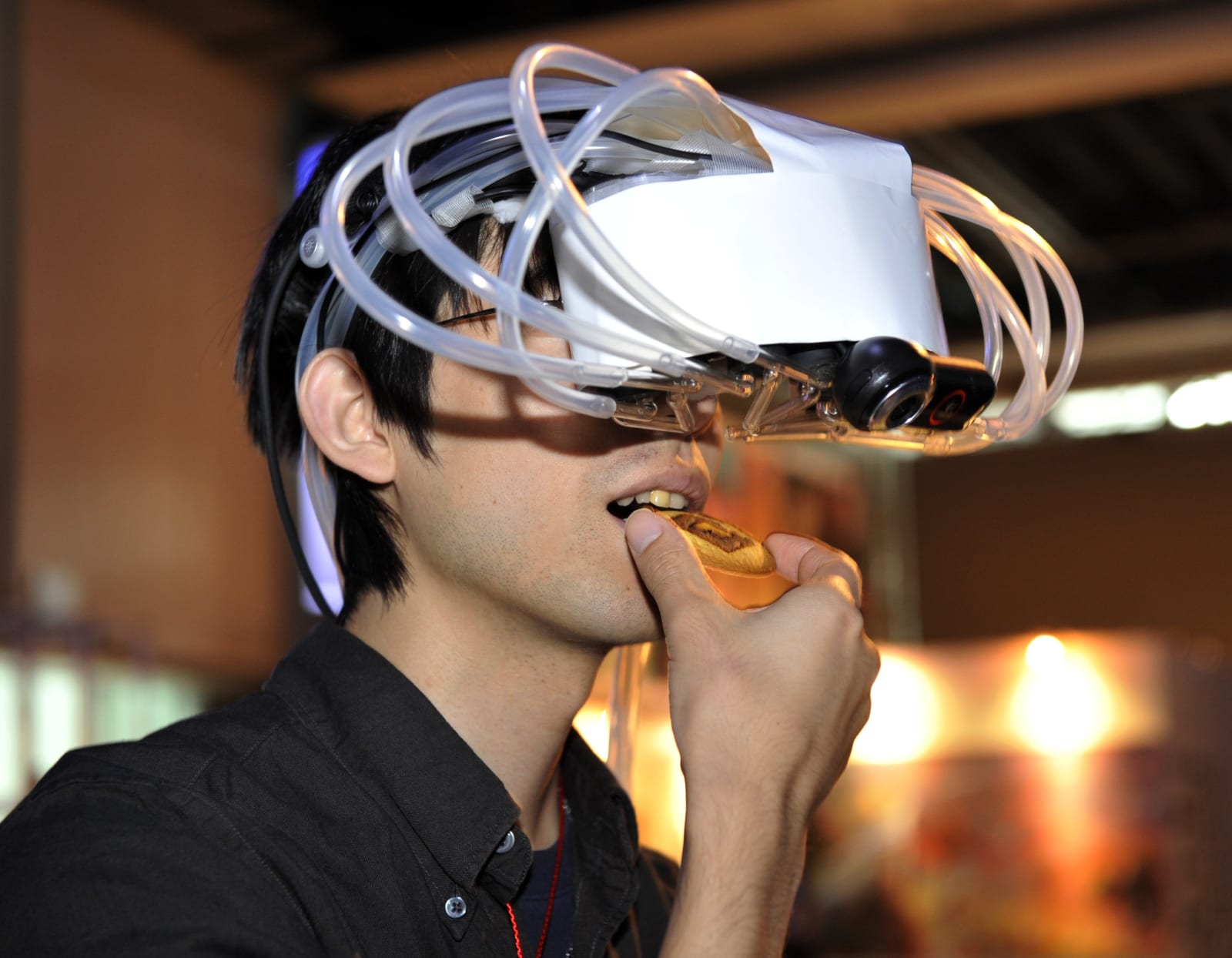 Modern virtual reality is a treat for the senses. Well, two of them at least. "Sight and sound have been the staple of VR environments," Benjy Li, a postdoctoral researcher with Stanford's Virtual Human Interaction Lab, told Engadget. Haptic feedback...
Modern virtual reality is a treat for the senses. Well, two of them at least. "Sight and sound have been the staple of VR environments," Benjy Li, a postdoctoral researcher with Stanford's Virtual Human Interaction Lab, told Engadget. Haptic feedback...